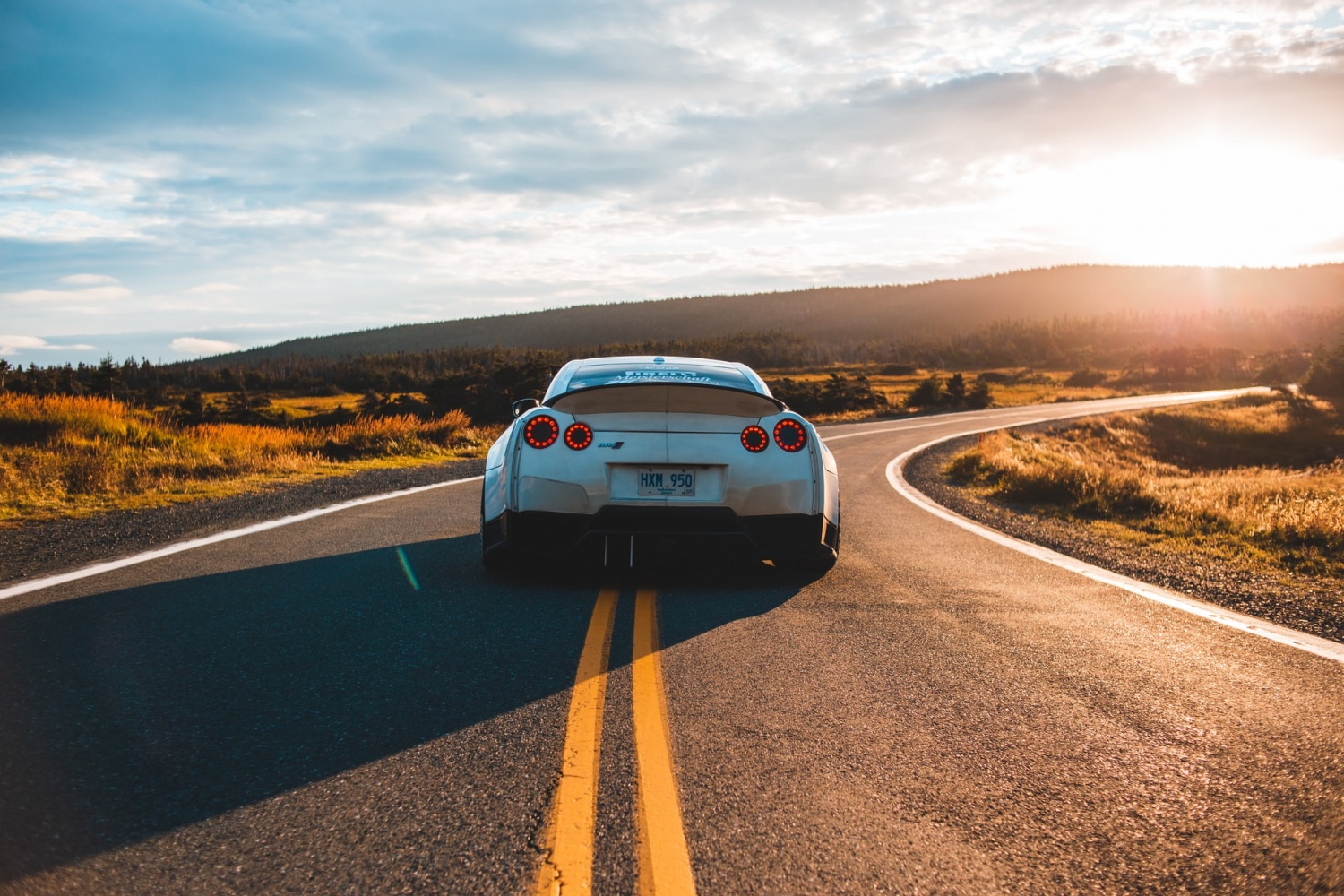You have probably seen the footage of crash test dummies strapped into a car and then sent headlong into a wall.
This is often done to test the airbags, the frame of the car, or how a crash at various impacts and speeds can affect the human inside of the car. However, what does all of that do? How does all the crash test data actually make the cars safer?
The Role Of The NHTSA and The Dummies
The US National Highway Traffic Safety Administration (NHTSA) acts as an independent rating industry on conducting crash tests for cars. They record all the data and then pass that onto consumers so they can make the best choices on what to consume. Crash tests happen in a controlled environment, as they are very strictly regulated and put together to get the most data possible.
The crashes and the crash test dummies are standardized, and the dummies in particular are designed to mimic humans in their construction, with their materials designed to resemble human tissue. The dummies are filled with sensors in their bodies and in their spines, and all of these are designed to measure pressure and the forces pressed on the body during a car crash.
Each of the sensors for the dummies comes in three main types, the accelerometers, load sensors, and motion sensors. They measure the motion in a given direction, the amount of force on certain body parts, and the deflection of the dummies during the crash respectively. Then all of this data is pulled to see what a crash like that would do to a human body.
How Do Crashes Work?
There are three types of crash tests to test the safety of a car. The first is the 35 mph frontal impact test, where the car is propelled to 35 mph, and then slammed into a concrete barrier to measure how the car will react. The 35 mph side impact test also hits the car with a 35 mph sled on its side, which simulates the effect of a side swipe crash.
Finally, a rear end accident scenario is also analyzed so that the car can be tested against the ways a rear-end accident can occur, because rear end accidents can be very common on the roads of the world
Finally, the last test is rollover resistance, where the car moves forward at 55 mph on its side and then it stops suddenly. How much the vehicle rolls due to the sudden stop will influence the score of the car.
For all three of these crash tests, the dummies aren't the only sensors and data points that the people use, but also 15 high speed cameras. These cameras record everything they can at 1,000 frames per second, and they record the crash from every angle to take in all the data.
How Does The Data Help?
All of the data from both the crash test dummies and the cameras help the car makers and automotive engineers design what is called 'crumple zones' or 'crush zones'. Whenever your car crashes, you want the car to crumple and warp in places because that deflects all the force from the impact of the crash away from your body.
By analyzing the data from the car crash, crumple zones can be better designed to deflect as much force as possible away from the driver. This will ensure the maximum survivability of the people inside the car, even if the car doesn't walk away from the impact.















